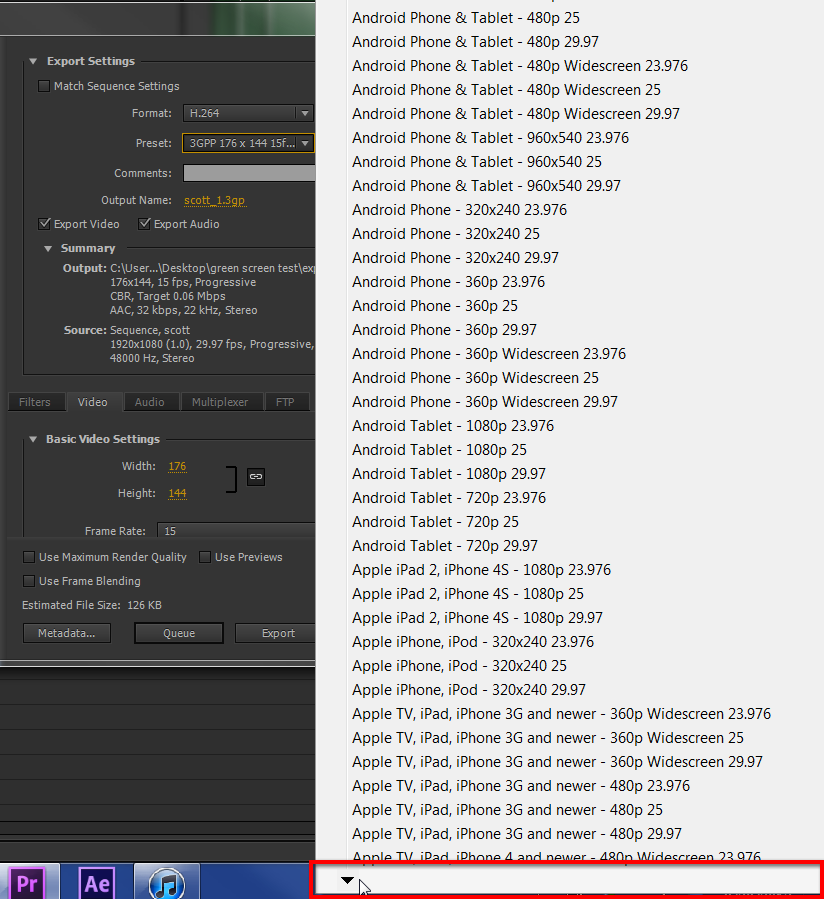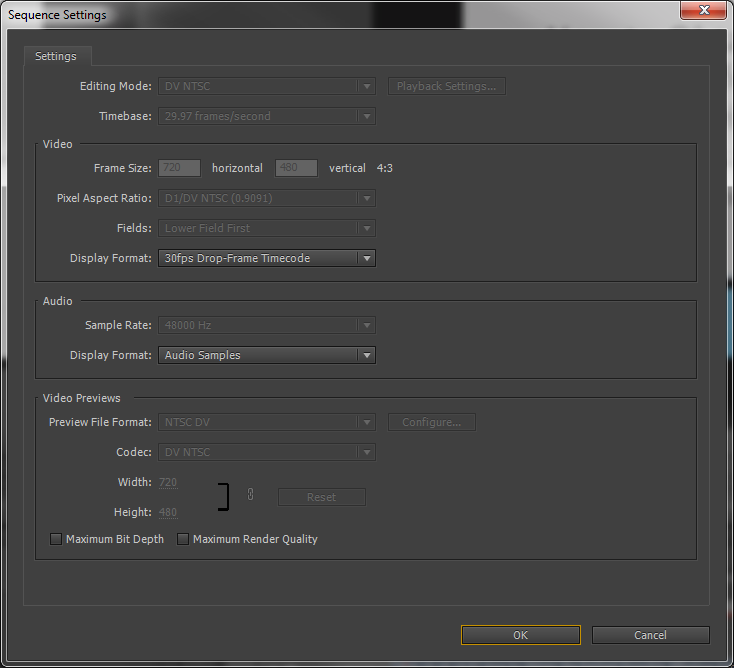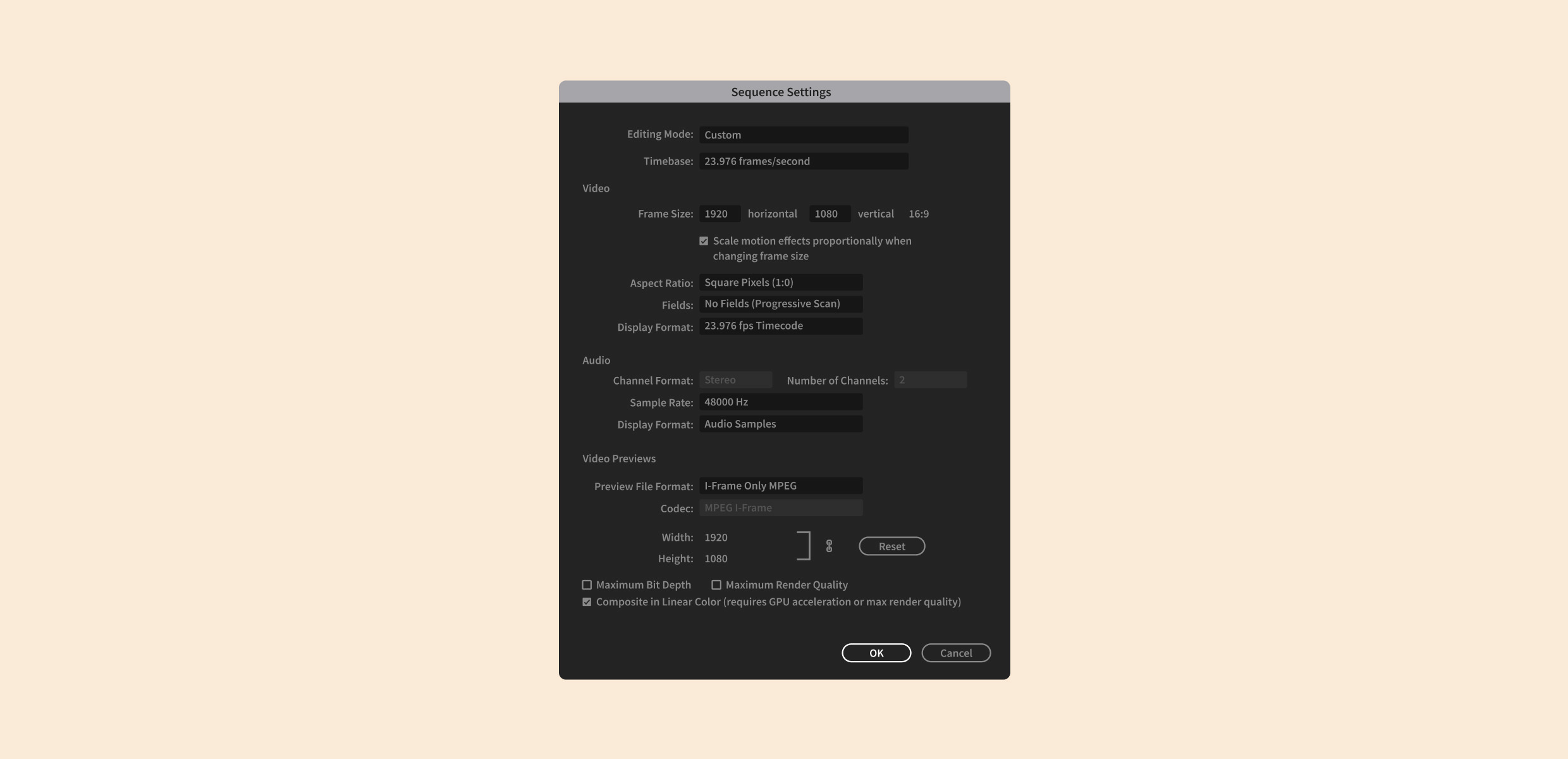


Get organizedīefore we start to sync audio in Premiere Pro, organize all of your raw footage into scene bins. In which case, make sure the sound mixer sets the levels to match back to the production audio. Sometimes the budget will only allow for the scratch track. Let them know you’d prefer to have both jam-sync timecode AND a reliable scratch track running. Talk to both your DP and on-set sound mixer. While it’s extremely rare to find errors with timecode syncing (unless of course your timecode has drifted), Premiere Pro can have a hard time with audio waveform syncing if your scratch track quality is poor or the sync sound has a low volume. It’s also fast and easy, so let’s get started! Set yourself up for success

Without the hassle of having to pay an additional fee or switch between software. While not nearly as robust as Resolve, I find Premiere Pro gives me better results than third-party plugins. There are some pretty significant reasons that may change your outlook if you’re multi-cam proponent. This may come across as a bold statement, and I’ll explain why I prefer merged clips over multi-camera clips. Personally, I prefer to take the syncing process one step further and create merged clips. Many seasoned Premiere Pro editors choose to edit with multi-camera clips. You’ll find it in a feature you’ve likely used many times already-Multi-Camera Source Sequences. Many people don’t realize that Premiere Pro actually has its own batch auto-sync tool. So what do I do in these scenarios? Audio sync in Premiere Pro But he doesn’t receive the day’s production audio until after wrap, which makes syncing on set impossible. On the feature I’m currently cutting, the DIT transcodes proxies as he offloads camera cards. In these cases, you simply don’t need to create proxies. Or, in some scenarios, you may be shooting in an edit-ready codec like ProRes or DNxHR. If you’re planning to use Adobe Premiere Pro’s built-in proxy workflow, which requires that proxy and full-resolution media have a matching number of audio tracks, then creating synced proxies in Resolve flies out the window. Yet syncing in Resolve isn’t always the best option for your overall workflow. I’ve already written about my preferred method-using DaVinci Resolve’s auto-sync feature-which allows you to sync an entire day’s worth of footage in one click. Audio sync in Premiere Pro is no different.

Syncing production audio is one of the most tedious and time-consuming post-production tasks.


 0 kommentar(er)
0 kommentar(er)
